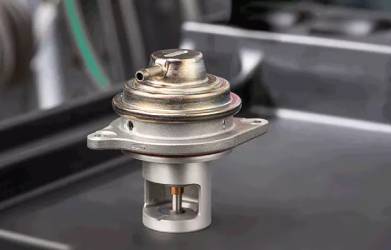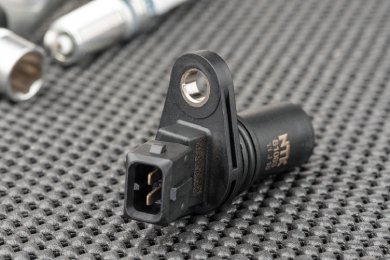With over 80 years of experience in the field of ceramics, Niterra has built a global reputation as a leading ignition and sensor specialist, providing high-quality spark plugs, glow plugs, ignition leads and coils, lambda and temperature sensors, NOx sensors, MAP/MAF sensors, crank-/camshaft sensors and newly implemented EGR valves. Besides offering a wide automotive portfolio, the company is also specialised in technical ceramics, including semiconductor products, fine ceramics, and cutting tools for many different industrial areas.

Oxygen/Lambda Sensors
With its NTK oxygen sensors launched in the 1980s, Niterra was among the pioneers in this field. Since then, the reduction of harmful emissions has made significant advances, not least thanks to the development of innovative technologies and extensive research. Today, highly efficient ceramic heaters in lambda sensors ensure, for example, that the sensors start measuring sooner and respond faster. To achieve more accurate measurements in order to meet the ever more stringent Euro standards, huge efforts are being made in the continuous improvement of the ceramic components.

Exhaust Gas Temperature Sensors
Temperature sensors use resistors whose resistance changes with temperature. Two different types of sensors : PTC and NTC. While wih Positive Temperature Coefficient resistance increases with rising temperature, with Negative Temperature Coefficient resistance decreases with rising temperature. NTC sensors are more accurate in measuring than PTC sensors; but as NTC sensors used to be sensitive on high temperatures, mostly PTC were used to measure exhaust gas temperature. These use temperature resistant elements that cover a range from -40°C up to 900°C.

MAP/MAF Sensors
The majority of MAF sensors come in two variations: hot-wire technology and hot-film technology. These MAF sensors have no moving parts and use electrical current to measure air mass. MAP sensors provide immediate data on the manifold/boost pressure to the ECU, measuring air pressure to make calculations for fuel, and ignition calibration, which is vital to maintain engine efficiency. The MAP sensor measures the air pressure by the deformation of a membrane with integrated resistors. The pressure varies depending on the throttle position, engine speed and turbo operation.

Exhaust Gas Recirculation Valves
There are three basic types of EGR valves. Pneumatic EGR valves have a vacuum controlled diaphragm. These valves can enable a higher flow rate that is required by newer diesel applications. Electric EGR valves are controlled through integrated electronics. These valves are run directly by the engine’s control unit and can be much more precisely regulated. And then there are electric EGR valves that have a cooling unit to further reduce the temperature of the exhaust gases. The new range has the same high quality like all the other products that Niterra are renowned for.

Exhaust Speed & Position Sensors
In the highly complex engine processes, the purpose of engine speed and position sensors (ESPS) is to provide the engine’s ECU with the most essential information needed to run the engine. Consequently, exact timing of fuel injection and ignition is essential for smooth and efficient engine operation. Connected to the pistons and, via flywheel and clutch, to the gearbox, the crankshaft converts the linear up and down movements of the pistons to rotary motion. This turning of the crankshaft is what powers the engine and makes the vehicle move.

Exhaust Gas & Differential Pressure Sensors
Exhaust pressure sensors are often installed at multiple points along the exhaust line to ensure the correct functioning of various components and protect them against excessive pressure. They are commonly found before and after EGR valves, where they help to assure the correct exhaust gas recirculation rate, helping to keep emissions low and engine performance high. In diesel engines, pressure sensors are installed before and/or after the diesel particulate filter (DPF).
 English
English  عربي
عربي
 Français
Français





